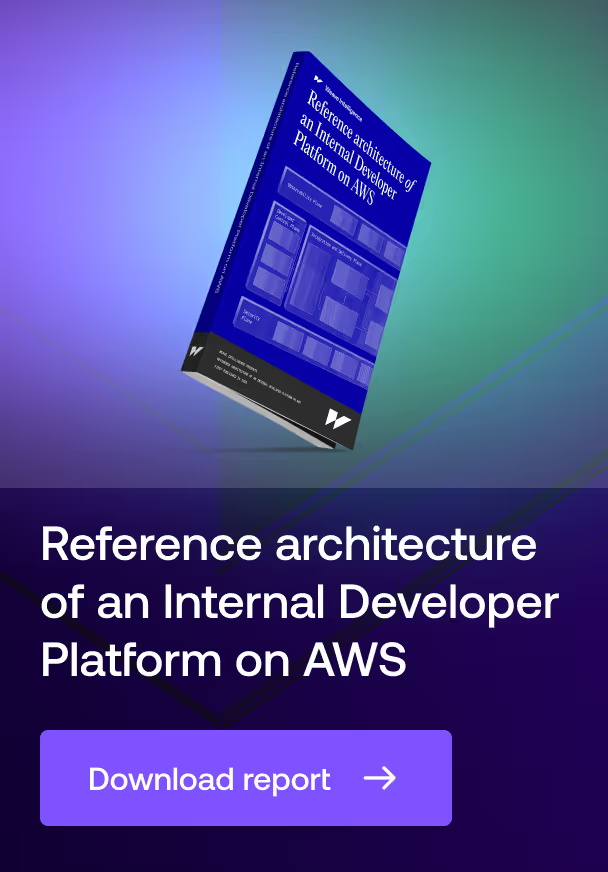
Configure8
Profile
Configure8 is a commercial internal developer portal platform that centralizes and organizes information about applications, services, environments, and development tools across distributed architectures. The platform operates as a proprietary solution with both SaaS and on-premises deployment options, backed by venture funding and enterprise adoption. Its core value proposition lies in creating a unified interface that aggregates metadata from diverse development and operations tools, enabling engineering teams to navigate complex technical ecosystems through automated discovery, standardization, and self-service capabilities.
Focus
Configure8 addresses the fundamental challenge of knowledge fragmentation in modern software development organizations. As engineering teams adopt microservices architectures and cloud-native practices, critical information becomes scattered across multiple tools and organizational silos, creating friction in the development lifecycle. The platform serves platform engineering teams and developers by providing a centralized knowledge map that connects technical infrastructure with organizational context. Key benefits include reduced context switching, accelerated operational workflows, and improved visibility into service dependencies and standards compliance.
Background
Founded in 2021 by Seth Demsey and Jay Crystal, Configure8 emerged from the founders' direct experiences with platform engineering challenges in both startups and established companies. The company secured $7.23 million in venture funding from investors including Golden Ventures and maintains active development with regular feature releases. Headquartered in McLean, Virginia, Configure8 operates with a distributed team across multiple countries. The platform has achieved enterprise adoption, including documented implementations at Fortune 500 companies, while maintaining stable ownership and governance under its founding team.
Main features
Universal catalog for technical ecosystem mapping
The Universal Catalog serves as Configure8's foundational data structure, creating a dynamic knowledge map encompassing applications, services, environments, and cloud resources. It employs a flexible schema that allows organizations to customize entity types and relationships while maintaining automated discovery through cloud provider integrations. The catalog organizes information hierarchically, with applications grouping related services, environments providing deployment context, and resources representing infrastructure components. This structure enables both high-level system visualization and detailed dependency tracking across distributed architectures.
Standards enforcement through automated scorecards
The Scorecards feature transforms organizational standards into programmatically evaluated metrics using data from the Universal Catalog. It includes pre-built checks for common requirements like service ownership, CI/CD configuration, and security controls, while supporting custom rules for organization-specific standards. The implementation includes sophisticated evaluation logic that considers context-specific requirements and can enforce standards through integration with deployment pipelines. Scorecards provide both individual service compliance visibility and aggregate portfolio-level insights for tracking organizational health.
Context-aware self-service operations portal
The Self-Service Actions capability automates common operational tasks through contextually aware interfaces that minimize cognitive load. The system leverages Universal Catalog data to pre-populate forms with appropriate defaults and constraints, while supporting sophisticated workflows with approval gates and audit trails. Platform teams can create custom actions through a no-code interface that orchestrates existing automation tools and infrastructure-as-code implementations. This architecture maintains governance while enabling developers to perform routine operations independently, reducing ticket-based workflows and operational bottlenecks.





